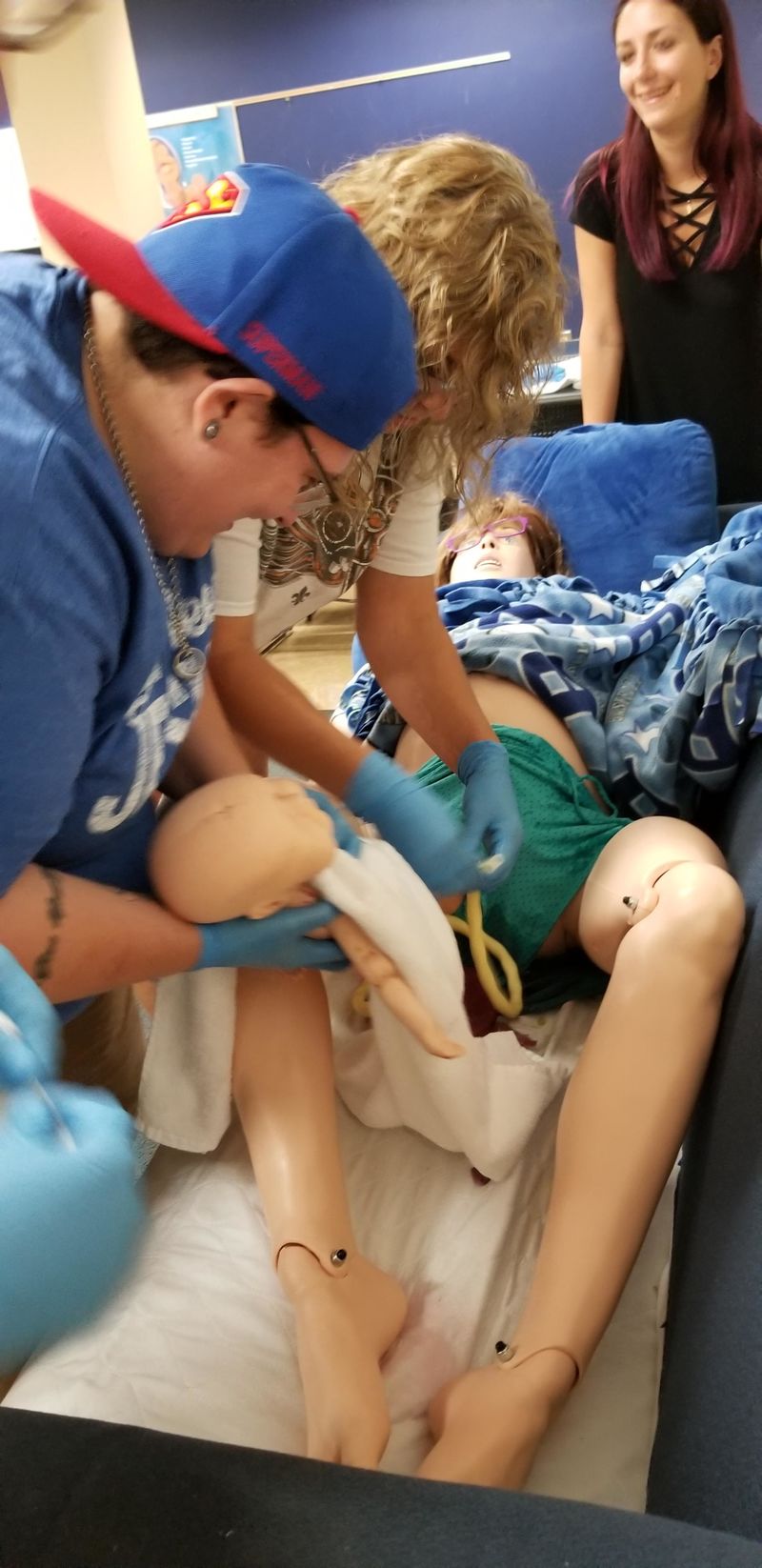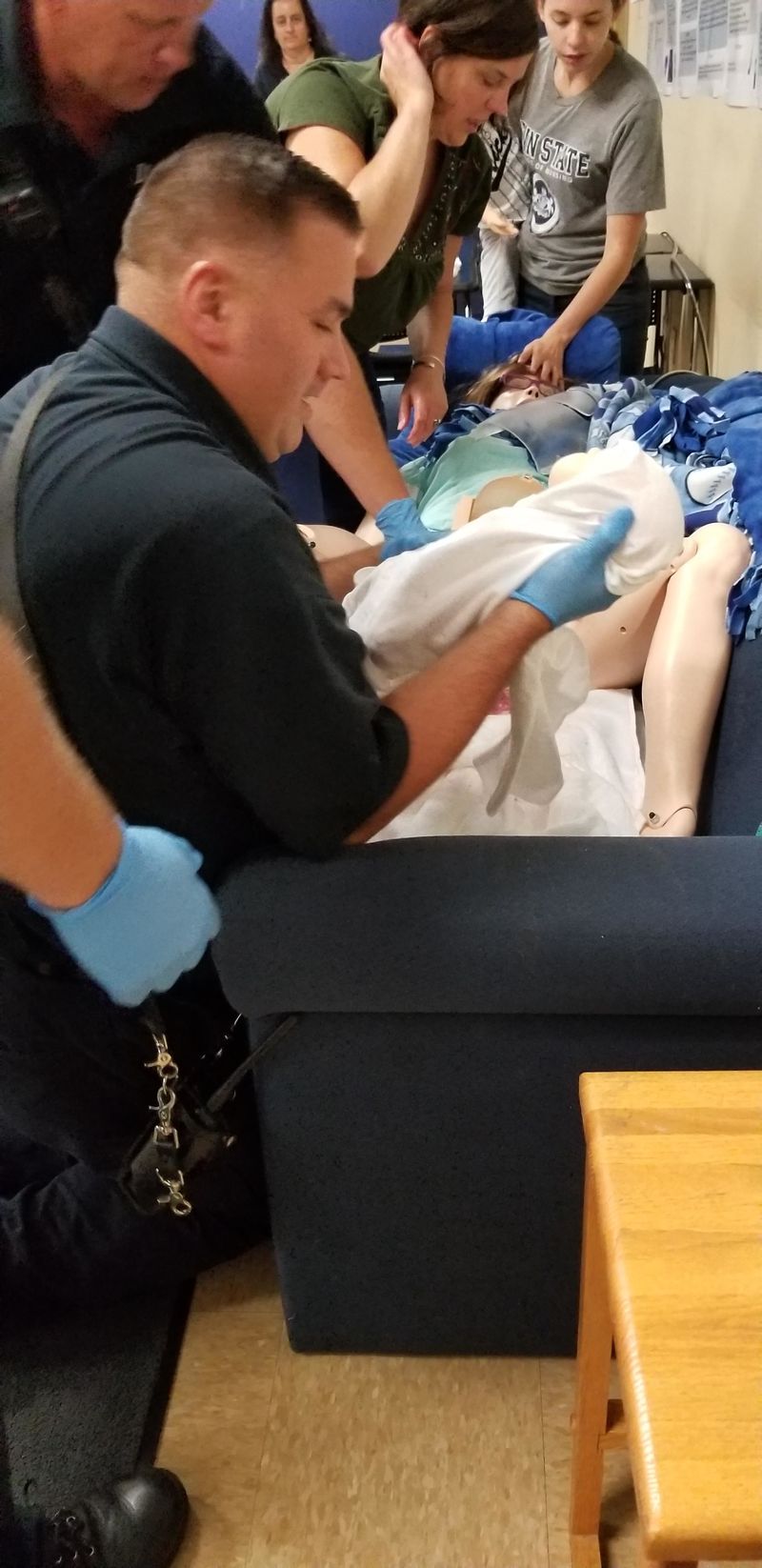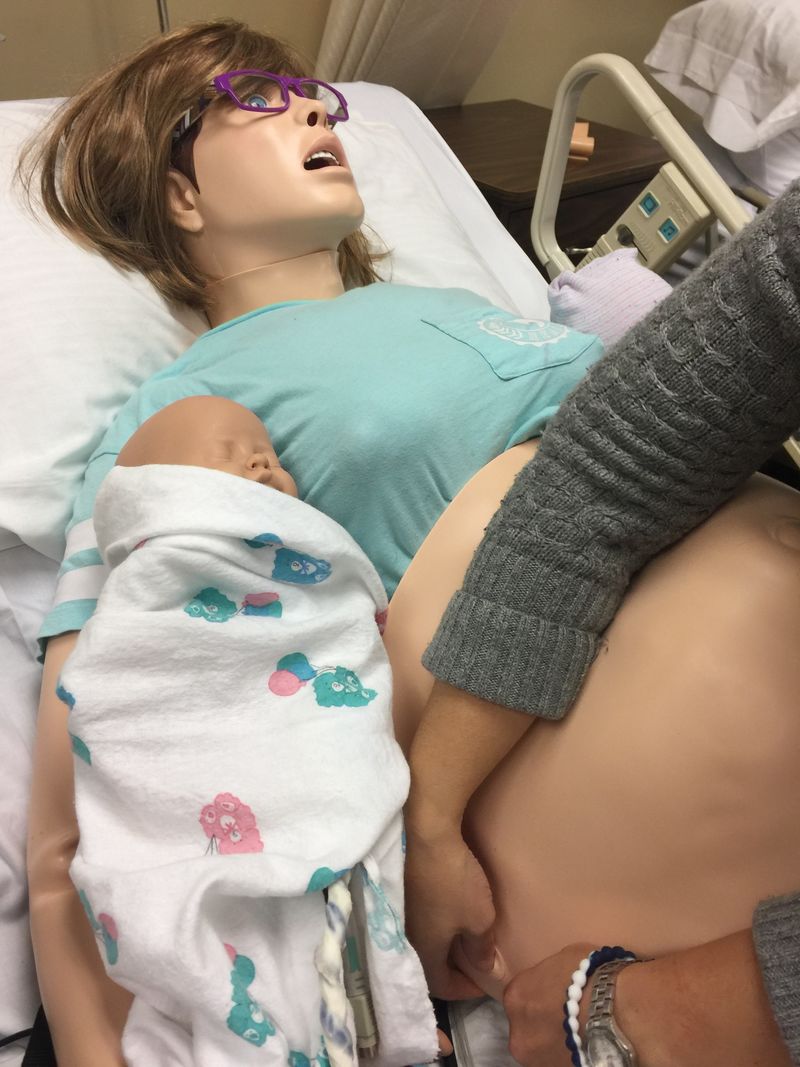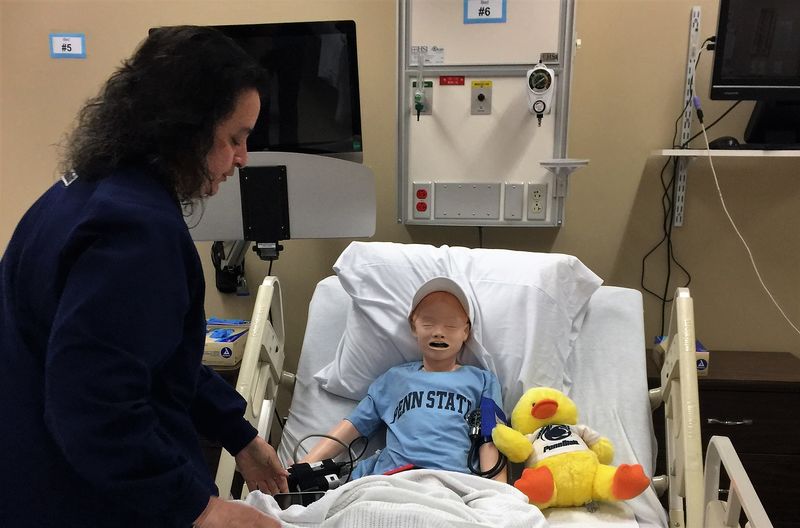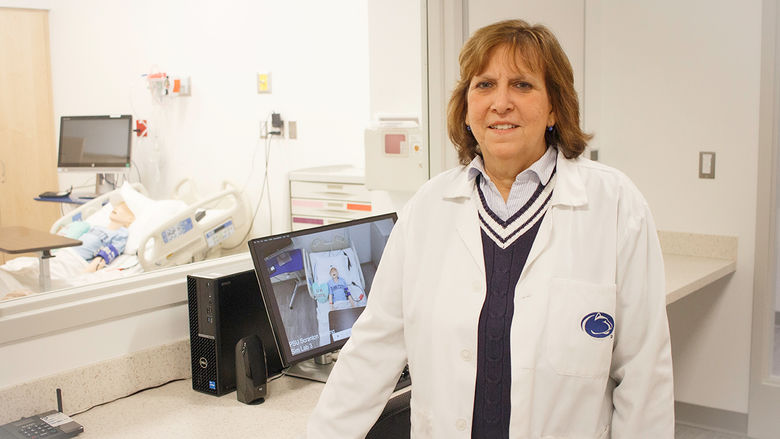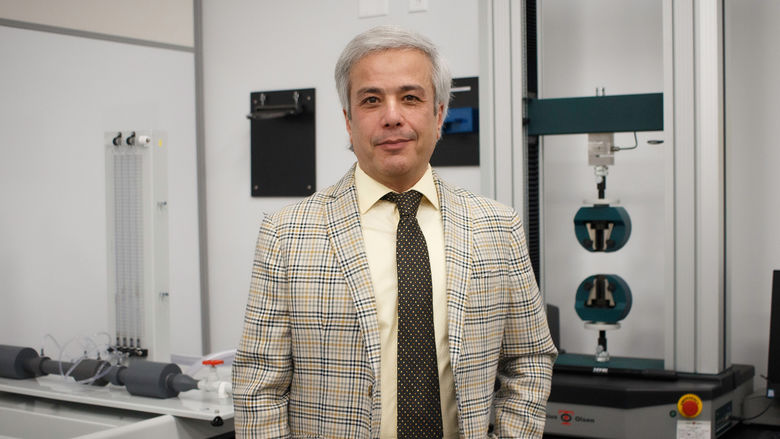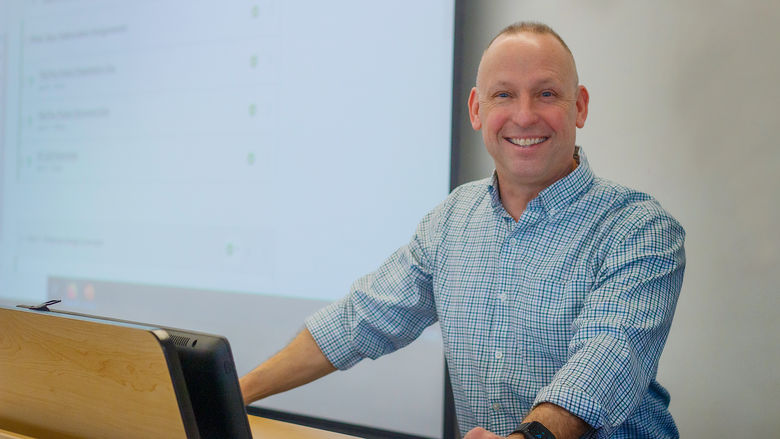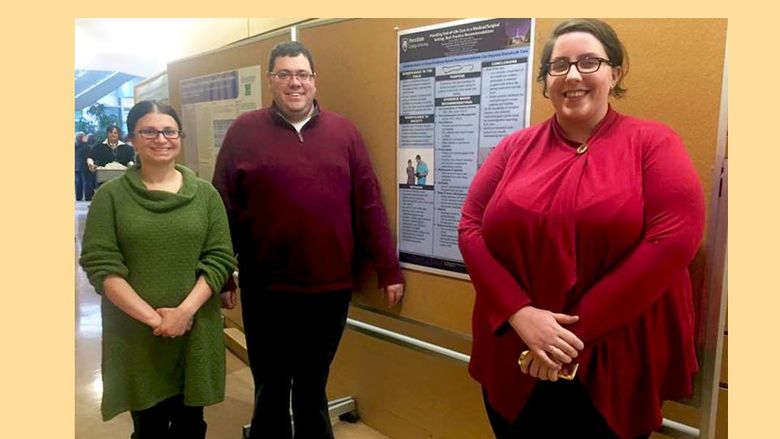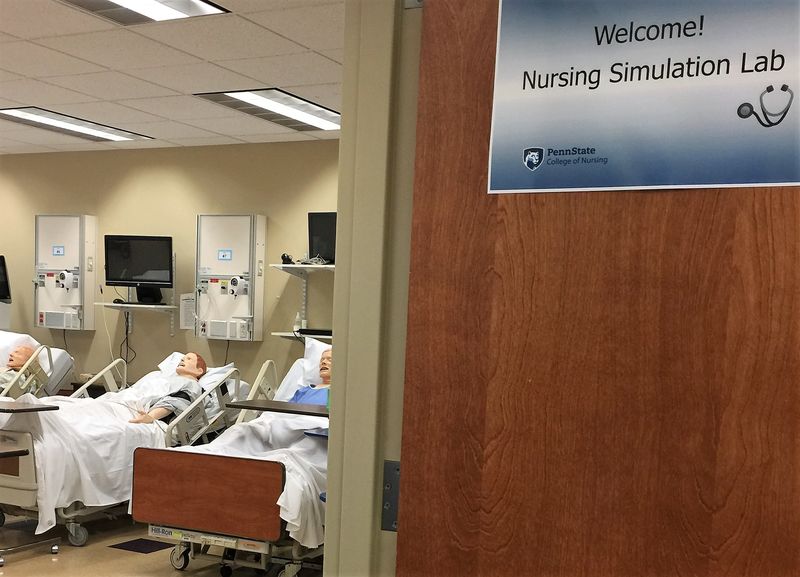
The Nursing Sim Lab in the campus' Nursing Suite houses all of the patient simulator robots that are currently in use at Penn State Scranton. The realistic simulators have proven to be a valuable teaching tool at the campus and faculty hope to be able to add more to the campus' collection.
Credit: Penn State
